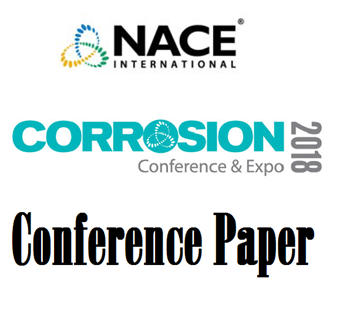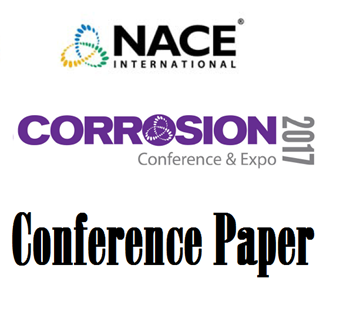Search
Products tagged with 'high temperature'
View as
Sort by
Display
per page
51318-11622-Effectiveness of an imidazoline-type inhibitor against CO2 corrosion of mild steel at elevated temperatures (120C-150C)
Product Number:
51318-11622-SG
Publication Date:
2018
$20.00
98417 TITANIUM AS REACTOR MATERIAL FOR SCWO APPLICATIONS.FIRST EXPERIMENTAL RESULTS
Product Number:
51300-98417-SG
ISBN:
98417 1998 CP
Publication Date:
1998
$20.00
Advanced Chemical Resistant Epoxy Systems To Endure High Pressure and High Temperature in Pipes and Tanks
Product Number:
51323-18766-SG
Publication Date:
2023
$20.00
Chemical Resistance Of Epoxy Coatings In High Temperature And High Pressure And Aggressive Service Conditions.
Product Number:
51322-18028-SG
Publication Date:
2022
$20.00
Close Encounters of the Third ‘Crude-Oil’ Kind
Product Number:
41215-918-SG
Publication Date:
2015
$20.00
Corrosion Behavior of High-Alloy Austenitic Stainless Steel in Simulated Geothermal Environment
Product Number:
51317--9280-SG
ISBN:
9280 2017 CP
Publication Date:
2017
$20.00
Corrosion Inhibition Of Carbon Steel In Carbonate Acidizing At Elevated Temperature
Product Number:
51322-17562-SG
Publication Date:
2022
$20.00
Development Of A F22 Compatible Scale Inhibitor
Product Number:
51322-17610-SG
Publication Date:
2022
$20.00
Development of a Gas-Phase Corrosion Inhibitor for Wet-Gas Carbon Dioxide Corrosion at 200°C
Product Number:
51323-18829-SG
Publication Date:
2023
$20.00
Development Of High Velocity Oxygen Fuel (HVOF) Corrosion Resistant Coatings; A Comparison Between Novel High Entropy Alloy (HEA) And Conventional Cermet Coatings For Geothermal Applications
Product Number:
51322-17675-SG
Publication Date:
2022
$20.00
Development of Linings for High Temperature, High Pressure Applications for Petrochemical Applications
Product Number:
41214-838-SG
Publication Date:
2014
$20.00
Effect of Aggressive Substance on the Nature of Corrosion Scales Formation on Super 13Cr Stainless Steel in Formate Completion Fluid
Product Number:
51321-16311-SG
Publication Date:
2021
$20.00












